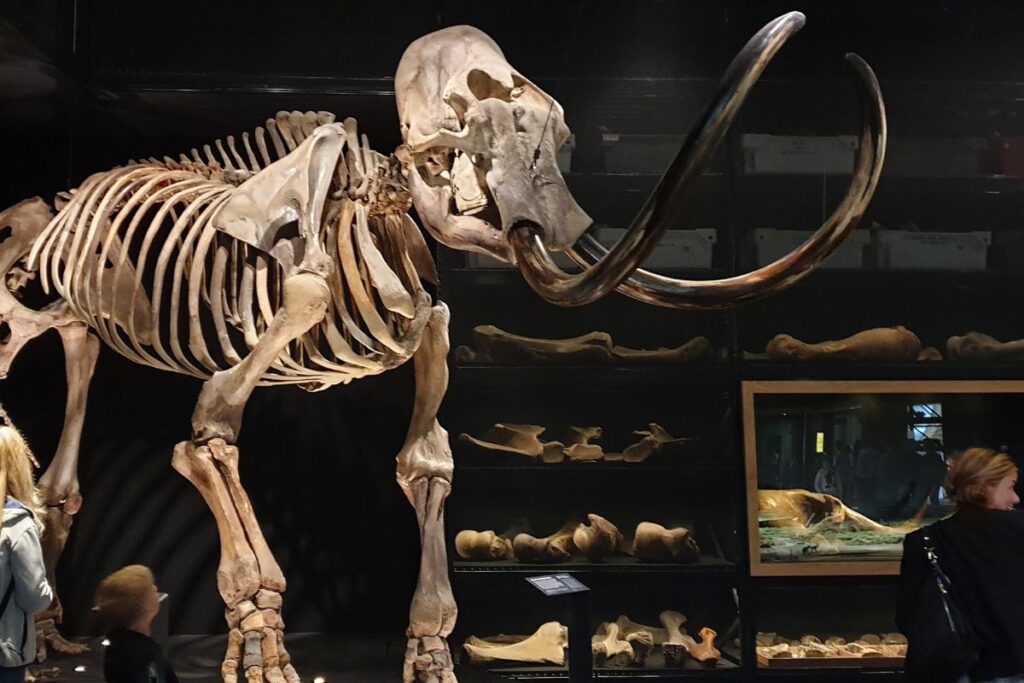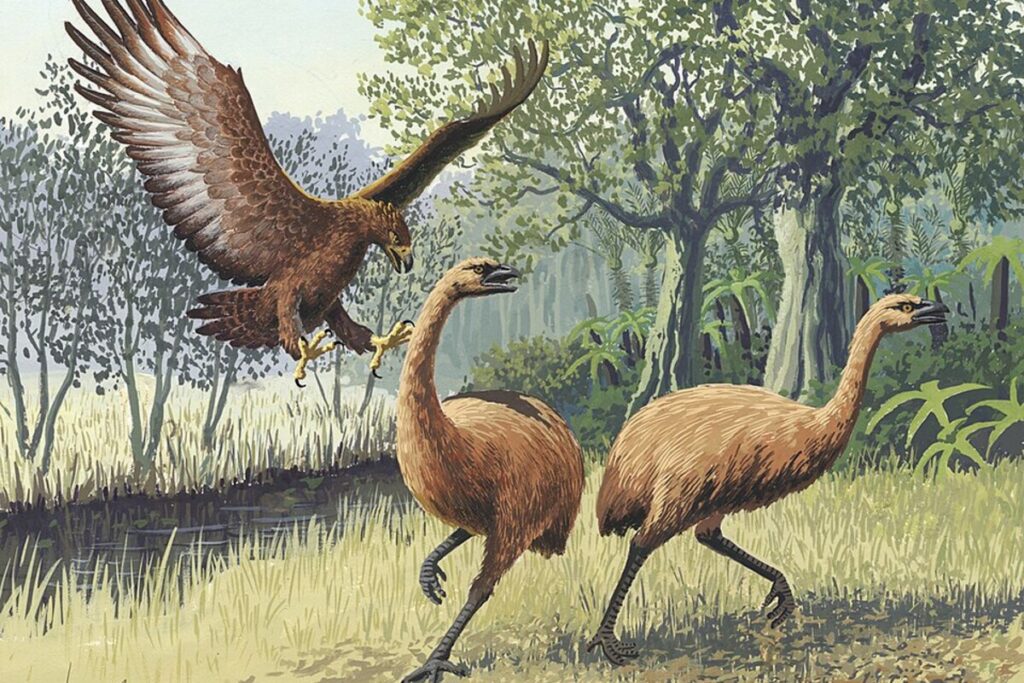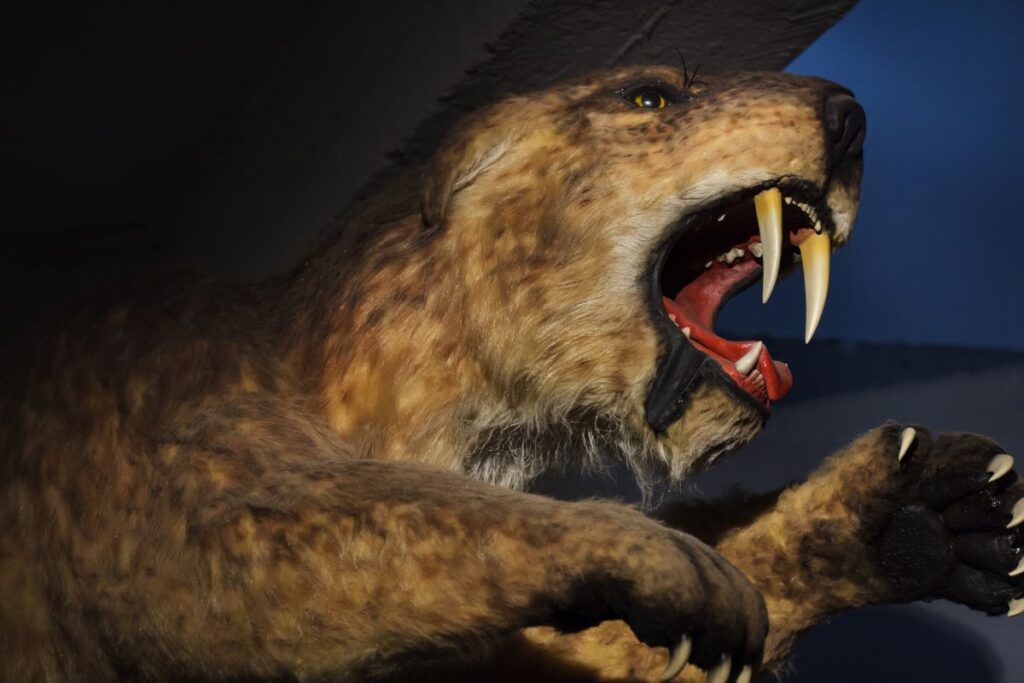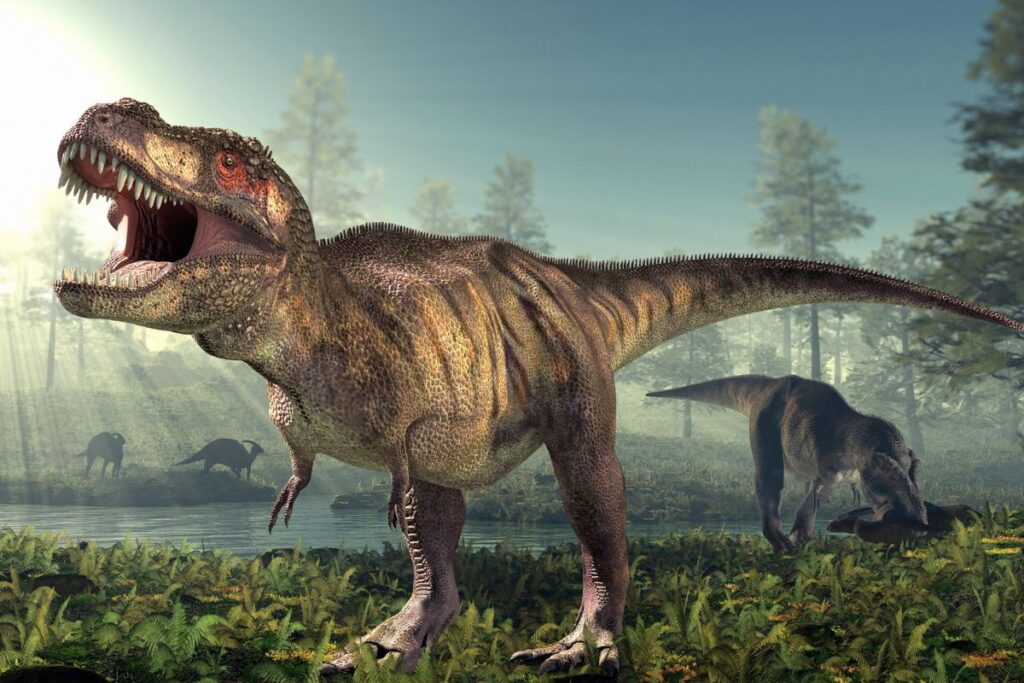
Advancements in genetics and biotechnology have fueled ambitious projects aimed at bringing extinct animals back to life. While many ethical and ecological challenges remain, scientists and companies are exploring “de-extinction” to restore lost species, potentially transforming ecosystems.
1. The Woolly Mammoth Project

Biotech start-up Colossal Biosciences aims to recreate the woolly mammoth by combining preserved DNA with that of Asian elephants. Their “mammophant” project hopes to release these hybrids into the Arctic tundra by 2027. While proponents believe it could boost elephant numbers and slow climate change, critics question whether the hybrid can replicate mammoth behavior.
2. The Moa Revival

Harvard scientists are reconstructing the genome of New Zealand’s moa, a flightless bird that went extinct due to overhunting by the Māori. Using modern species’ eggs, they aim to recreate a moa-like bird. Although the project has not yet yielded results, researchers remain optimistic about future breakthroughs.
3. Saber-Toothed Tiger’s Potential Return

Researchers successfully mapped the DNA of the saber-toothed tiger in 2020. These powerful predators, extinct for 10,000 years, may be resurrected if scientists overcome the challenge of limited DNA samples. Progress continues, and interest in reviving this apex predator remains strong.
4. The Lena Horse Resurrection

In 2018, a well-preserved Lena horse foal, estimated to be 40,000 years old, was discovered in Siberia. Scientists extracted blood and tissue and are working on growing viable cells. If successful, this effort could mark the return of a species that roamed the Ice Age tundra.
5. Bringing Back the Dodo

Colossal Biosciences also plans to resurrect the dodo, extinct since 1662. Using genome editing on the bird’s modern relatives, researchers hope to reintroduce dodos to their native Mauritius. Skeptics question the feasibility, but the company remains committed to the project.
6. Cave Lion Restoration Efforts

The discovery of two well-preserved cave lion cubs in Siberia has inspired geneticists to attempt their resurrection. These Ice Age lions, related to modern lions, lived across Eurasia. Although challenges remain, researchers continue to extract and study tissue samples.
7. Reviving the Auroch Bull

Scientists aim to bring back the auroch, an ancient wild ox extinct since 1627, by back-breeding modern cattle. The species played a crucial role in ecosystems and human culture. Researchers have made significant progress and hope to restore this iconic animal soon.
8. The Steppe Bison Comeback

Steppe bison once roamed vast regions but vanished due to hunting and climate change. Scientists are working to clone related species like the Canadian wood bison. Using permafrost-preserved remains, they hope to eventually reintroduce the steppe bison into its historical range.
9. T. Rex Resurgence by 2050?

The Adam Smith Institute aims to revive dinosaurs, focusing on the T. Rex. Although dinosaur fossils lack viable DNA, scientists plan to back-breed modern birds, considered dinosaur descendants. If successful, they envision recreating multiple dinosaur species using advanced gene-editing technology.
10. Dire Wolf Reintroduction

Dire wolves, legendary predators from the Ice Age, could return through selective breeding and genetic reconstruction. Unlike modern wolves, they hunted large prey and played a key role in ancient ecosystems. Efforts to recreate them are ongoing, though challenges remain significant.
Stay connected with us for more stories like this! Follow us to get the latest updates or hit the Follow button at the top of this article, and let us know what you think by leaving your feedback below. We’d love to hear from you!







